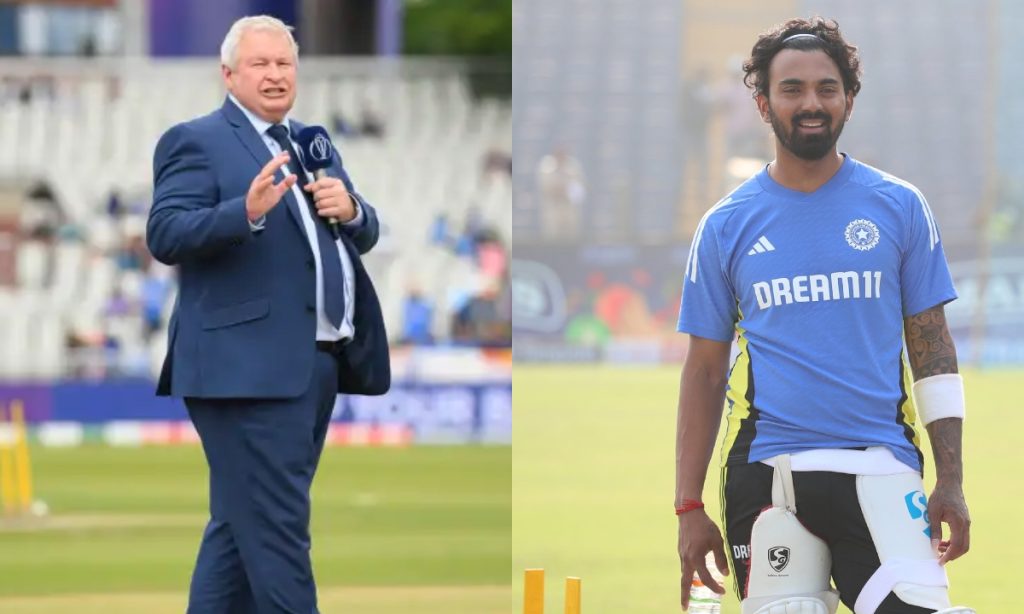In the hallowed grounds of cricket, where every match is not just a contest but a narrative woven with the threads of history, strategy, and human endeavor, the words of commentators often echo long after the final ball is bowled. Ian Smith, a figure known for his incisive and sometimes controversial commentary, found himself at the center of a storm when he remarked, “this batting performance from India is worse than 46, if I look at conditions and shot selection.” This statement, made in the context of New Zealand’s remarkable feat of bowling India out for 46 in the first Test of 2024, ignited a firestorm of debate, analysis, and reflection on the state of Indian cricket.
Smith’s comment wasn’t just a critique of a single innings; it was a reflection on what many perceived as a broader malaise in the Indian batting lineup. The score of 46, a number that will now haunt Indian cricket aficionados, was not just a low total but a symbol of a deeper issue. The conditions, while challenging, were not unfamiliar to a team that prides itself on adaptability. The shot selection, however, seemed to betray a lack of application, patience, or perhaps, confidence against a well-oiled New Zealand bowling attack.
The backlash against Smith’s comment was swift and varied. Indian fans, ever passionate, felt the sting of his words, seeing them as an attack not just on the team but on the spirit of Indian cricket. Social media platforms, where cricketing opinions now hold as much sway as the game itself, erupted with reactions. Some defended Smith’s right to critique, arguing that his commentary, while harsh, was meant to provoke thought and challenge the status quo. They pointed out that cricket, at its core, thrives on debate and that Smith’s remarks were a call for introspection rather than an insult.
On the other hand, critics of Smith’s statement argued that it overlooked the nuances of the game. Cricket, they reminded, is played by humans, subject to the vagaries of form, pressure, and sometimes, sheer bad luck. They highlighted that while the performance was undoubtedly poor, reducing it to a single score or comparison was an oversimplification of the complexities involved in international cricket.
The incident also brought to light the evolving role of cricket commentators. Once seen merely as narrators of the game, today’s commentators often find themselves in the eye of the storm, their words dissected for bias, insight, or controversy. Smith’s comment, therefore, wasn’t just about a batting collapse but touched on broader themes of how cricket is discussed, analyzed, and consumed in the digital age.
Ian Smith’s words might have been seen as a direct hit on Indian cricket’s pride, they inadvertently sparked a much-needed conversation. Cricket, like life, is about rising from falls, learning from defeats, and evolving through criticism. Smith’s commentary, whether intended or not, has ensured that the dialogue around cricket, its players, and its commentators continues to evolve, reflecting the dynamic nature of the sport itself. As India looks to bounce back, perhaps the real lesson lies in embracing critique, not as an attack, but as a mirror reflecting areas ripe for improvement. In the grand tapestry of cricket, every match, every comment, adds a thread, weaving a story of resilience, growth, and the undying spirit of the game.

